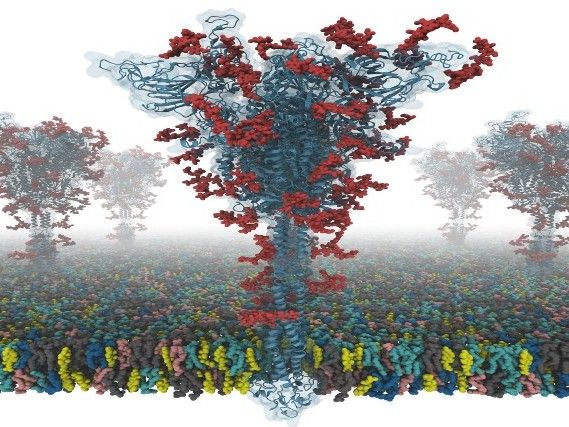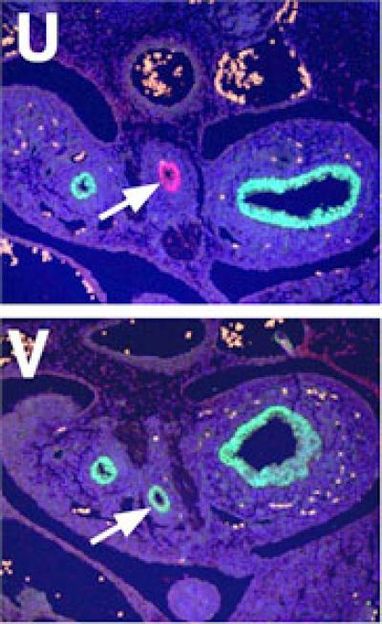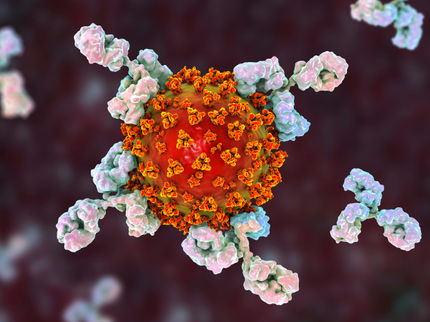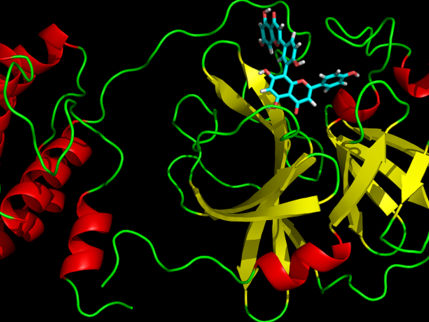Scientists produce first open source all-atom models of full-length COVID-19 'S' protein
The protein structure facilitates viral entry into host cells making it a key target for vaccine and antiviral drug development
The virus SARS coronavirus 2 (SARS-CoV-2) is the known cause of coronavirus disease 2019 (COVID-19). The "spike" or S protein facilitates viral entry into host cells.

A model of an S-protein.
Dr. Yeolkyo Choi/Lehigh
Now a group of researchers from Seoul National University in South Korea, University of Cambridge in UK, and Lehigh University in USA, have worked together to produce the first open-source all-atom models of a full-length S protein. The researchers say this is of particular importance because the S protein plays a central role in viral entry into cells, making it a main target for vaccine and antiviral drug development.
The details can be found in a paper , "Developing a Fully-glycosylated Full-length SARS-CoV-2 Spike Protein Model in a Viral Membrane" just published online in The Journal of Physical Chemistry B.
A video demo illustrates how to build this membrane system from their SARS-CoV-2 S protein models. The model-building program is open access and can be found from the home page of CHARMM-GUI by clicking on the COVID-19 Archive link.
Developed by Wonpil Im, a professor in Lehigh University's Department of Biological Sciences and Bioengineering Department, CHARMM-GUI (GUI = graphical user interface) is a program that simulates complex biomolecular systems simply, precisely and quickly. Im describes it as a "computational microscope" that enables scientists to understand molecular-level interactions that cannot be observed any other way.
"Our models are the first fully-glycosylated full-length SARS-CoV-2 spike (S) protein models that are available to other scientists," says Im. "I was fortunate to collaborate with Dr. Chaok Seok from Seoul National University in Korea and Dr. Tristan Croll from University of Cambridge in the U.K. Our team spent days and nights to build these models very carefully from the known cryo-EM structure portions. Modeling was very challenging because there were many regions where simple modeling failed to provide high-quality models."
Scientists can use the models to conduct innovative and novel simulation research for the prevention and treatment of COVID-19, according to Im.
The S protein structure was determined with cryo-EM with the RBD up (PDB ID: 6VSB), and with the RBD down (PDB ID: 6VXX). But, this model has many missing residues. So, they first modeled the missing amino acid residues, and then other missing domains. In addition, they modeled all potential glycans (or carbohydrates) attached to the S protein. These glycans prevent antibody recognition, which makes it difficult to develop a vaccine. They also built a viral membrane system of an S protein for molecular dynamics simulation.
Original publication
Other news from the department science

Get the life science industry in your inbox
By submitting this form you agree that LUMITOS AG will send you the newsletter(s) selected above by email. Your data will not be passed on to third parties. Your data will be stored and processed in accordance with our data protection regulations. LUMITOS may contact you by email for the purpose of advertising or market and opinion surveys. You can revoke your consent at any time without giving reasons to LUMITOS AG, Ernst-Augustin-Str. 2, 12489 Berlin, Germany or by e-mail at revoke@lumitos.com with effect for the future. In addition, each email contains a link to unsubscribe from the corresponding newsletter.
Most read news
More news from our other portals
Last viewed contents
Acrocyanosis

How to make a lung
Serotonergic_psychedelic
Akzo_Nobel
Coeliac_disease
Othera Files IND Application for OT-730 in Glaucoma - Novel Treatment Promises Improved Safety over Existing Therapies
Sanofi joins digital health focused innovation program Startup Creasphere
Essential_medicines

Forest songsters evolved in an early burst of innovation
Noctiluca_scintillans























































